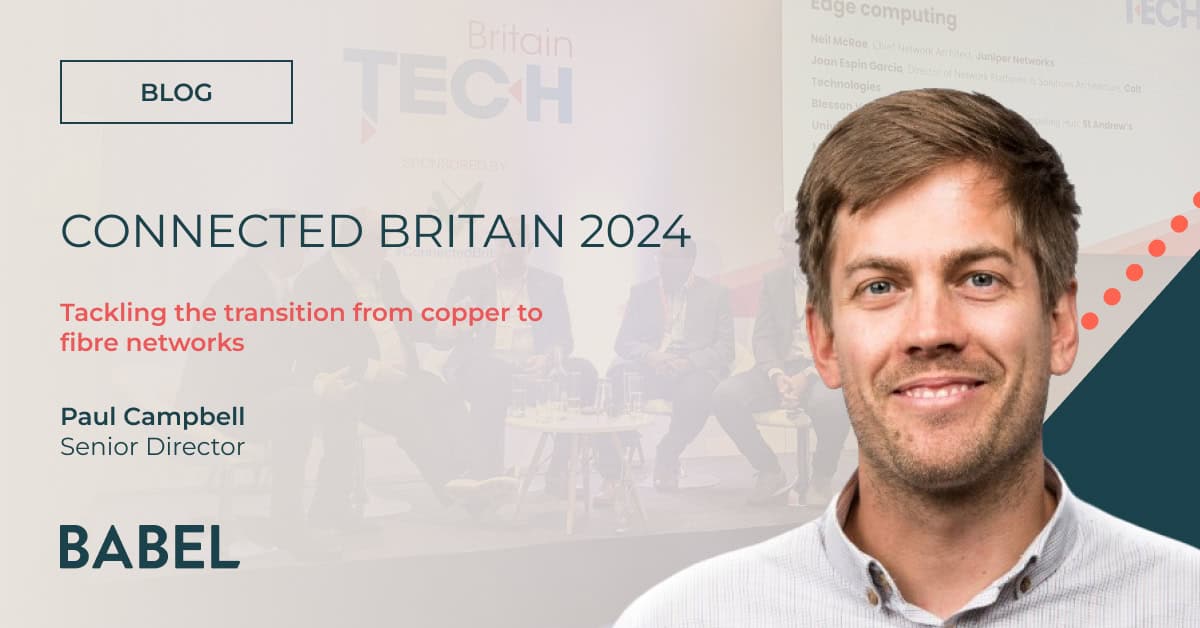
Opening the IoT bottleneck: stuck at standards
What do chargers in the EU, cigarette packets in the UK, cucumbers in Asia, and bidets in Japan all have in common? Hint: it’s the one thing causing a major bottleneck in IoT.
Yep, whilst the vast and powerful Internet of Things lacks any regulation, all of the above – and countless other market sectors – are managed by formal standards. Standardisation aims to promote and ensure quality, safety, compatibility and interoperability, with benefits to both business and consumer. Unfortunately, IoT is devoid of such guidelines. So, whilst foreign users of bidets in Japan can benefit from the clarity and comprehensibility of standardised controlled panels, a hospital may suffer from separate IoT systems that do not communicate with each other.
The IoT industry has come a long way in the past five years. Smart devices are becoming more affordable and smart consumers are becoming more receptive to the efficiencies these can bring. Start-ups from Silicon Valley to London’s Silicon Roundabout are falling over themselves to design, build, and launch devices. These teams will often develop the hardware, software and cloud-based infrastructure to support their creations, but often without compatibility in the wider ecosystem. So in our excitement to connect and exploit everything from city infrastructure to walking sticks, we have overlooked the mundane-but-must: standards.
This is a huge problem both for the development of the IoT, and for the current security of the ecosystem. By 2020, there will be an estimated five billion smart devices, but a lack of communication and interoperability will result in isolated brands which cannot ‘talk’ to other systems. In reality this could mean you’d have to own a different piece of hardware to control every single smart function in your home – and judging by today’s buoyant smart home market, that means a hell of a lot of devices.
So, can we be more bidet and save the IoT with standardisation? The web of components which comprise the ecosystem will make this a complex task. The number of industries succumbing to the lure of IoT adds further problems. A manufacturer of kitchen appliances, for example, wants to boost profits by creating – at a relatively low cost – a smart toaster. Yet, should this be regulated and adhere to standards set by electricity firms, energy organisations, the government, internet providers, chipset manufacturers, an IoT body!? What a rIoT!
As confusing as it seems, the industry has been partly successful in establishing some calm in the clamour. The Institute of Electrical and Electronics Engineers, for example, has created an extensive list of IoT standards and, along with its members, aims to create a ‘vibrant’ IoT. A panel session at the IoT Expo this week was also dedicated to this topic, with speakers from the OSGi Alliance, IPSO Alliance, oneM2M and GlobalPlatform all weighing into the debate.





